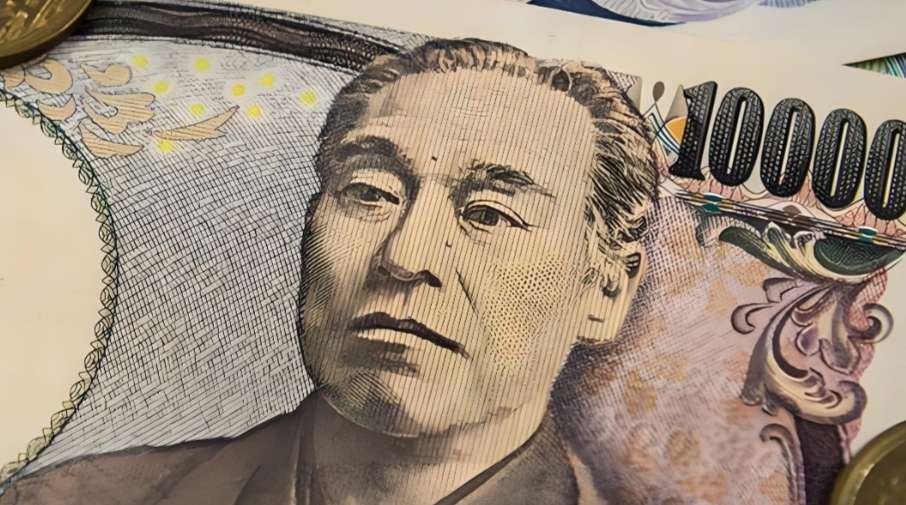Yen Slides as Housing, Stocks Surge
Advertisements
In July 2024, Japan found itself in an unusual economic predicamentThe yen dramatically plummeted in value, reaching unprecedented lows, yet simultaneously, the Japanese stock market flourishedThe Nikkei 225 index surged to historical heights, raising questions about the apparent contradictions within the nation's economic landscapeUnderstanding the unfolding situation requires delving into the nuances of Japan’s economic conditions and the interplay between currency strength and stock market performance.
To comprehend the stock market's rebound, one must examine its journey from 1985. Following the bursting of the economic bubble in 1989, the Nikkei 225 index plummeted, enduring significant declines until 2003. However, as the banking and corporate bad debt issues began to stabilize and alongside the implementation of accommodative monetary policies, the Nikkei index started to rise
Yet, the 2008 financial crisis dealt another blow to the stock market.
A pivotal turn came in 2012 when Japan introduced its "Abenomics" strategy, comprising three major arrows: first, aggressive monetary easing, including negative interest rates and quantitative easing through central bank purchases of government bonds; second, flexible fiscal policy aimed at boosting public works and infrastructure spending; and third, structural reforms that encouraged private sector investment, innovation, improved corporate governance, and the integration of foreign technology and expertiseThe result was a remarkable uptick in the stock market, attributed to a reinvigorated economic environment.
From a corporate perspective, the profitability of the Nikkei 225 index constituents showed substantial improvement over the years, with return on equity rising from 2.2% in 2012 to 8.7% in 2021. This enhancement in corporate profitability was further amplified by the accommodative monetary policy, which drove the valuations of listed companies higher
- Has the Bank Recovered From Its 60% Plunge?
- Is Oil's Reign Over as Energy Shifts?
- Markets Rethink Rate Cut Outlook
- Dollar Soars 9%, Index Hits Two-Year High
- US Debt Risks Global Economy
After 2022, reforms initiated by the Tokyo Stock Exchange led to a greater emphasis on profitability, long-term returns, and valuation improvement, attracting significant international investment, notably from figures like Warren Buffett, who increased his stakes in the Japanese market.
Moreover, the depreciation of the yen bolstered the profitability of export-oriented companies, creating a multifaceted environment that propelled the Nikkei index to new heights.
However, amid this stock market boom, the broader population faced economic struggles that raised concerns about Japan's long-standing economic stagnation, often referred to as the "lost thirty years." While the stock market thrived, indicators such as GDP growth, wages, and inflation painted a starkly different picture
Japan's GDP growth hovered around a mere 1% annually, and despite a per capita GDP of nearly $40,000 three decades ago, it remains stagnantWith wages largely unchanged, the recent devaluation of the yen has led to soaring prices, further straining the cost of living for the average citizen.
The paradox lies in the shrinking household consumption that has contributed to subdued domestic demandWhile companies enjoyed profits largely derived from overseas markets, these gains did not translate into increases in employee salariesFurthermore, the influx of capital from expansive monetary policies has predominantly flowed into financial markets, while the real economy continues to struggle with liquidity issues, fostering an environment of financial inflation juxtaposed against real economic deflation.
As the younger generation grapples with job scarcity and rising living costs, the overarching theme of prolonged economic stagnation has disillusioned aspirations

Coupled with societal factors such as class rigidity and lifetime employment practices, there is a marked decline in the motivation to strive for more, pushing a minimalist lifestyleThis phenomenon harms consumption—an essential engine for economic growth—and results in notably lower birth rates and marriage rates among younger individuals, exacerbating Japan’s aging population crisis and reducing consumer demand.
In the context of economic models, economist Gu Zhaoming provides insight into the macroeconomic shifts occurring in numerous developed economies, highlighting a tendency towards low growth and low inflation reminiscent of Japan’s experienceHe categorizes industrial progress into three stages: urbanization, characterized by massive rural-to-urban migration and rapid economic growth; a mature economy phase where labor becomes scarce, leading to wage increases and higher investment; and a phase where the chasing economy endures stagnation as high labor costs push low-value production offshore, paralleling Japan’s trajectory in the 1990s.
For developed economies seeking sustainable growth, a shift towards technological advancement and the development of a new productive force is crucial
Historically, technological innovations have propelled economic progress, yet Japan currently faces challenges in spearheading such advancements.
The complexities intertwined in Japan’s economic situation are profound: a collapsing yen contrasted with climbing stock prices, structural trade deficits, and rising corporate profits—all existing amid stagnated GDP and flatlining wages alongside surging real estate valuesThe juxtaposition of economic stagnation against a backdrop of heightened quality of life—a high level of social security but a shortage of labor—illustrates the multifaceted nature of Japan’s economic reality.
Although discussions persist regarding Japan's nominal GDP being overtaken by Germany, thus relegating it to the fourth-largest economy status worldwide, Japan still retains significant technological expertise and a comprehensive global footprint
Leave a Comment